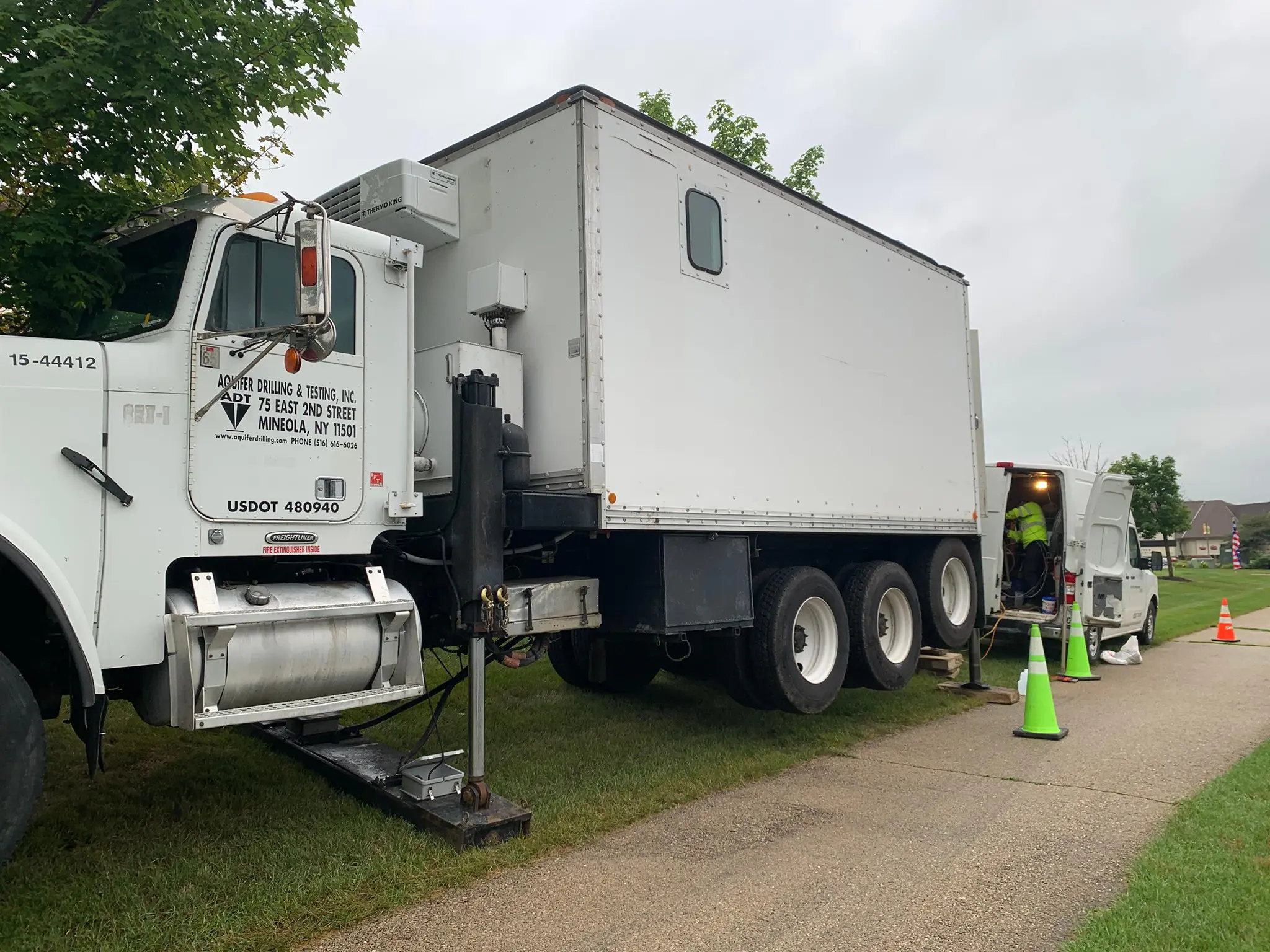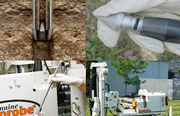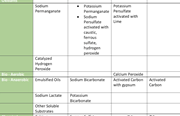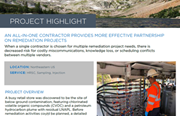How to Procure Direct Push Injection Services to Ensure Success
By: Eliot CooperYou have invested years and thousands of dollars characterizing your site, refining your conceptual site model, and negotiating with regulators on your remediation work plan. Now you’re ready to move into the field. This is no time to let your guard down.
Moving into the injection phase of a remediation project is initiated with a formal request for proposal (RFP) and cost estimate. These RFPs often fall short in providing enough detail and specificity to ensure that your selected in situ amendments are delivered effectively at the price and schedule proposed by the contractor. This blog offers best practices in procuring injection services to align project expectations and successfully implement your environmental remediation work plan.
SITE DESCRIPTION
The site description section provides a comprehensive background on the site logistics and project goals including the details of the contaminant zone based on site characterization data, treatment goals for the project, potential access concerns, and work schedules. Err on the side of too much information if you are wondering how much detail to include.
Contractors need a complete picture of site logistics to ensure they propose the appropriate equipment, materials, supplies, and level of field support. Scheduling a site walk prior to the proposal deadline is ideal although not always practical. Site photos are highly recommended in lieu of a site walk.
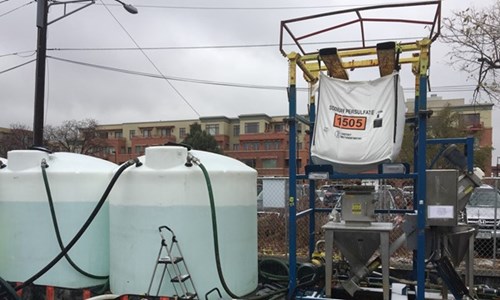
SCOPE OF WORK
The Scope of Work section details the basic deliverables and requires information that allows you to assess contractor abilities to meet the project equipment and remedial approach requirements. At a minimum, the RFP should address:
- Health and Safety Program- a detailed description of contractor’s health and safety program including injury rates, compliance history, and programs & policies to protect human health and the environment throughout the project.
- Extraction and Injection Scope- specific requirements for drilling, injection, equipment, staffing, amendments, and project reporting.
VALUE ADDED CONTRACTOR CAPABILITIES
The value-added capabilities section requests additional information that allows you to evaluate contractor experience, expertise, technology, readiness, and project-specific capabilities to ensure your remediation expectations are met. This section offers contractors the opportunity to showcase an innovative approach or technology to meet your project goals. It also provides an easy way for you to compare and contrast contractors beyond a simple cost estimate. At a minimum, consider asking contractors to address process flow design, optimized remediation approach, and contingency plans for common situations such as daylighting, direct push refusal, and equipment failure. A request for references and case studies of similar projects is highly recommended.
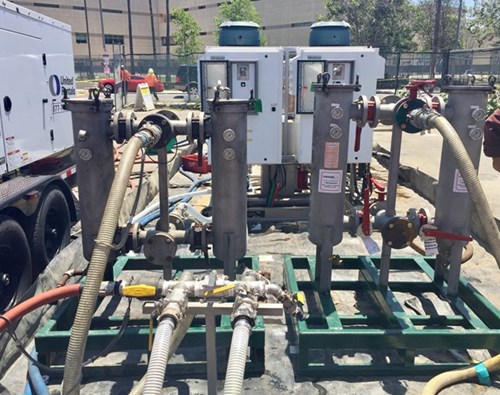
GENERAL CLIENT RESPONSIBILITIES
This section outlines your role and responsibilities in the project management process. The RFP should specifically state what is expected of your contractor and what task you will manage. Issues to cover include site readiness, amendments, monitoring, project oversight, disposal of solid and liquid wastes, and contracting & payment terms.
CLOSING
Success of your injection project starts before the first piece of equipment is mobilized. Proper planning impacts performance whether planning your first in situ remediation project, using a new chemistry, tackling more complex subsurface, or facing challenging site logistics conditions. The RFP process is a valuable opportunity to set clear expectations and select a field services contractor based on maximum return on your remediation investment.
Join me next week for an in-depth discussion on how to set up your next injection project for success. I’ll share decades of experience on amendments, equipment, site safety, and procurement best practices.
GET STARTED
Download this RFP template to help ensure your next injection project goes smoothly from the very start.




